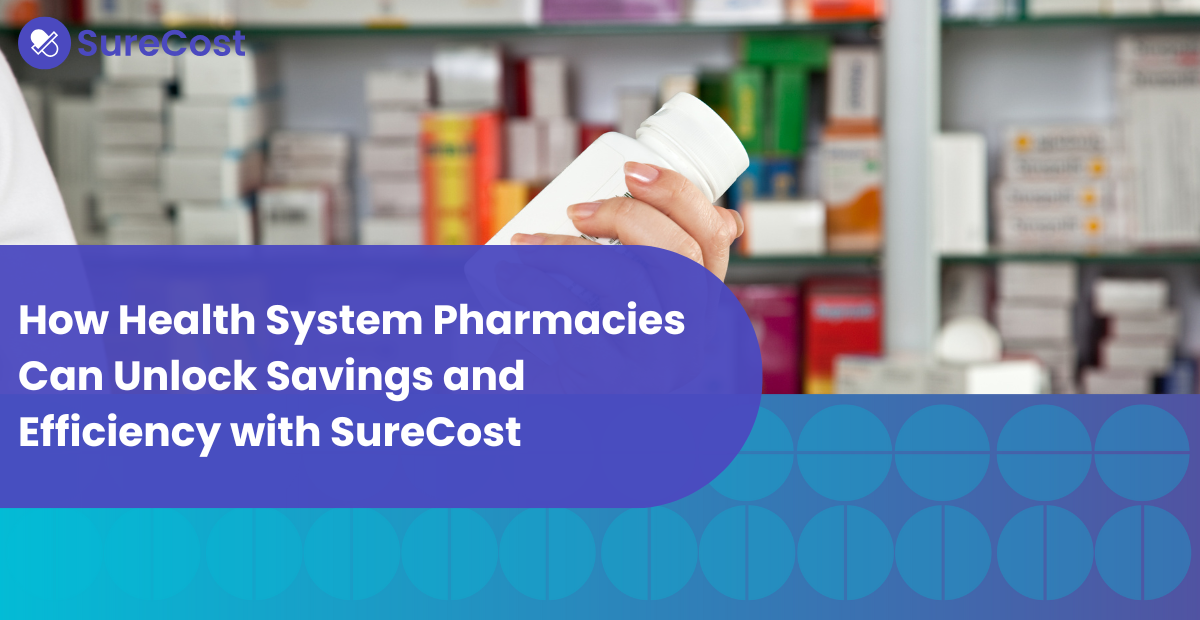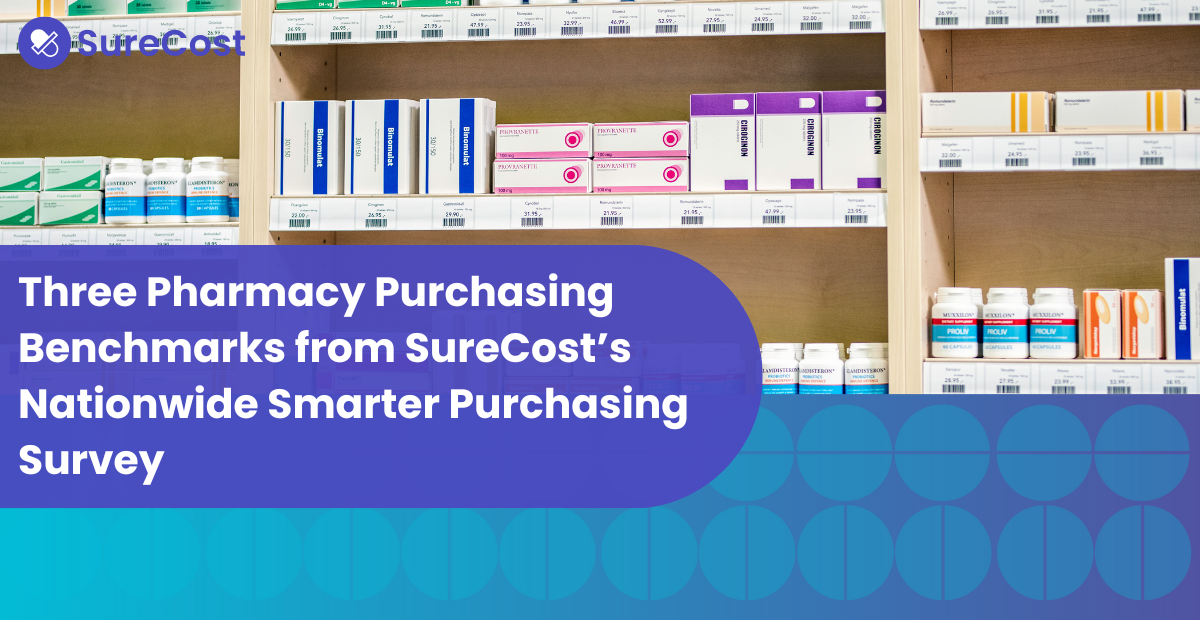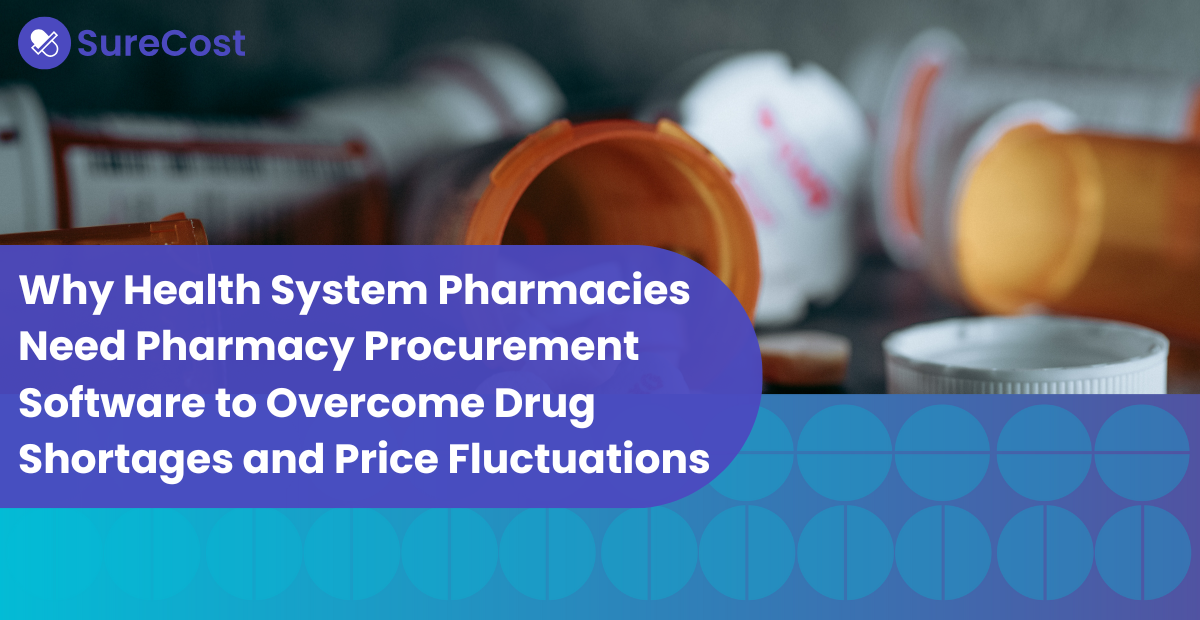Maintaining high compliance levels, especially compliance with primary vendors can maximize pharmacies’ profit margins and empower them to negotiate even better terms. Consistent adherence to pricing and reimbursement also fosters trust with vendors while ensuring financial stability.
Strategic pharmacy management and operations is multi-faceted and involves mastering the complex world of contracts and compliance. This includes navigating agreements with primary vendors, group purchasing organizations (GPOs), and buying groups. In this blog post, we'll explore some of the top challenges pharmacies face regarding compliance and how they can leverage better insights and smart purchasing to power their compliance.
Challenges in Achieving Compliance
Balancing one contract's terms and conditions is complex, let alone managing multiple agreements and relationships. A pharmacy may partner with a primary vendor and a GPO, both offering competitive products at different prices. Should you pick the best-priced item, the one you need immediately, or prioritize the primary vendor’s source item over the GPO? These decisions require time and staff resources and confidence in the data used to make informed choices.
It’s hard to look at the primary vendor agreement (PVA) and know where your tiers are for your generic compliance. Often a lot of pharmacies are buying outside because they get that instant savings right there, but then they end up missing a tier or two in their agreement with their wholesaler, missing a percentage off their generics. The savings they got upfront from another vendor is not as much as they would have gotten had they put those dollars back to their wholesaler and hit the next tier or two.
Regardless of your contracting parties or the number of contracts you manage, diverse terms and conditions influence your purchasing approach. Tracking compliance and aligning purchases across team members and locations is no easy task. Moreover, ensuring vendors deliver the correct products while your team follows your purchasing strategy compounds the complexity.
Purchasing data and history are vital for your relationships with vendors and business strategies. Compliance-driven data allows you to identify purchasing trends, helping you anticipate demand—crucial as drug shortages continue to rise. Capturing and analyzing this information is essential.
3 Common Compliance Challenges
Pharmacies face several challenges when it comes to purchasing and compliance:
Lack of time to understand contracts and track compliance: You might miss out on maximizing rebates, maintaining strong relationships for better support, and favorable terms in future negotiations. This could lead to penalties and fines due to non-compliance.
Shopping around for the lowest price: Choosing the cheapest option isn’t always the best choice in the long run. Meeting compliance to maximize rebates can save you more over time
Sticking to a single vendor for compliance: Mistakes can happen, such as being overcharged or miscalculating rebates. Complex purchasing contracts may require alternatives, such as GPOs or buying groups, to mitigate the risk of drug shortages and stay competitive.
Optimizing Compliance with Data-driven Insights and Smart Purchasing
At SureCost, we believe in the power of leveraging compliance insights combined with smarter purchasing capabilities. Free shopping sites can’t verify if your primary vendor is honoring the best contract price, but SureCost can.
Insights Into Your Contract Agreements: Understand key contract terms, such as minimum purchase volumes for tiered pricing, total and minimum spend requirements, and items that count towards compliance. Knowing what is covered in contracts and what isn’t is crucial for strategic purchasing.
Insights Into Your Compliance Performance: Use data to track and monitor vendor compliance. Ensure vendors deliver the correct items in the right quantities and at agreed prices. Also, verify that rebates are properly calculated and applied as per contracts.
Insights into Your Team’s Purchasing Decisions: Establish clear purchasing guidelines, including preferred products, pricing thresholds, and vendor preferences. Ensure your pharmacy teams purchase items in line with these guidelines. Conduct internal audits to assess adherence to purchasing rules.
With SureCost’s Purchase Manager, pharmacies can input complex agreement terms into the system, receive automated recommendations for items that meet compliance and access metrics on compliance performance to adjust purchasing strategies in real-time.
.png?w=500)



.png)


